m855a1 For Sale | At Best Prices
$56.00
Quantity: 20 rounds
Made in usa
m855a1 For Sale:

The M855A1*(M855A1 for sale), a 5.56 mm Ball ammunition, is an enhanced performance round for today’s combat and training environments.
It works with the M4 Carbine, the M249 machine gun, and the H&K and M16A2 rifles.
It is suitable for use in most weapons with a 1-in-7 barrel twist.
The M855A1 has a copper-jacketed steel core, differing from the previous M855 round which has a lead core.
The so-called “green ammo” not only has increased penetration of armor and hard targets, but allows the Army to be more environmentally friendly on its ranges and training environments.
The M855A1 is optimized for the shorter-barrel M4 where the standard M855 was optimized for the M16.
The powder burns faster and creates more pressure, and has the effect of reducing flash.
The round yaws like the M855, but its yaw is more consistent and predictable, meaning its terminal effects are not yaw dependant.
The Army plans to replace its entire inventory of M855 rounds with the M855A1 round.
BRIEF HISTORY OF M855A1 FOR SALE :
In 1982, the Army adopted the 5.56mm M855 round to replace the M193.
In an effort to achieve better performance at longer ranges with the M249 Squad Automatic Weapon (SAW).
A steel penetrator in the front end of the M855 provides increased hard-target performance.
Development of the M16A2 rifle, which matched the twist of the M249 SAW, also allowed use of the heavier M855 round.
The M193 is still produced today, largely for foreign military sales.
From 2003 to 2006, the Army conducted a study of available bullets, commercial and military, and found none that provided improved perforA,A!mance over the M855 against the target sets required of a general-purpose round.
Ensuring Consistency and Environmental Responsibility
In post-combat surveys and field reports from Iraq and Afghanistan.
Most Soldiers have indicated that the round works fine, delivering the desired effects against threat targets.
But some Soldiers have reported that the round did not perform consistently, causing concern in the ammunition community.
In parallel, mounting environmental concerns drove the Army to consider replacing environmentally unfriendly materials such as lead.
The Army’s ammunition community, led by PEO Ammo, saw an opportunity to address the two concerns associated with the M855 round-lead and consistency.
The Army’s solution is the new M855A1 Enhanced Performance Round (EPR).
This round offers better performance than the M855 against all targets likely to be engaged with small arms
. This is quite a feat, considering the long-standing solid performance of the M855.
While it’s true that a number of bullets (such as armor-piercing bullets) can penetrate hard targets well.
They don’t provide the needed effects against soft targets.
Conversely, some bullets (such as hunting rounds, hollow-point, and other bullets) work well against soft targets but can’t penetrate harder barriers.
Nor do hollow points meet the Army’s requirement to adhere to the Law of War, defined as “[t]hat part of international law that regulates the conduct of armed hostilities.
It is often called the ‘law of armed conflict’ ” (DoD Directive 2311.01E, DoD Law of War Program).
Even today, we have found no other round-other than the new EPR-that can outperform the M855 as a capable, general-purpose round.
Why the M855A1 for sale Excels
So what makes the EPR so good’ It uses the same components as the M855-a jacket, a penetrator, and a metal slug.
But the new round contains some subtle changes (see Figure 1).
The copper cup, from which the jacket is formed, is reverse-drawn, the opposite of how the M855 jacket is drawn.
The hardened steel penetrator is almost twice as heavy as the one used in the M855 and is fully exposed instead of hiding beneath the softer copper jacket.
The slug is made of copper, making the projectile nonhazardous to the environment while delivering needed performance.
Since the EPR is similar to the M855, the Army can use the same manufacturA,A!ing equipment now used for the M855.
Providing additional savings and large-scale manufacturing capability.
Once the M855A1 replaces the leaded M855, it will reduce the amount of lead in production by approximately 2,000 metric tons yearly.
It is based on the amount now used to make the M855.
There are three main areas in which the new round excels: soft-target consistency, hard-target penetration, and the extended range at which it maintains these performance improvements.
This is not to imply that the EPR increases the maximum effective range of the M4 or M16.
Its trajectory matches the M855’s, which aids in training, lessens the need to re-zero the weapon.
It allows it to link to the current tracer round (the M856) for eventual use in the M249 SAW.
So while the maximum effective range does not increase, effectiveness at range does.
Meaning the round greatly extends the range of desired effects along its trajectory.
The Army tackled the consistency issue by focusing on the yaw of a projectile.
And how differences in yaw can influence results when striking soft targets.
The M855 round, similar to the Army’s M80 (7.62mm ball round), is a “yaw-dependent” bullet.
As any bullet travels along its trajectory.
It “wobbles” in both pitch and yaw, causing the projectile to strike its target at different attitudes with virtually every shot.
For a yaw-dependent bullet such as the M855 or M80, this results in varying performance.
Depending upon where in the yaw/pitch cycle the bullet strikes its target.
For example, at a high angle of yaw, the M855 performs very well, transferring its energy to the target in short order.
At a low angle of yaw, however, the bullet reacts more slowly, causing the inconsistent effects observed in the field.
The M855A1 is not yaw-dependent. Like any other bullet, it “wobbles” along its trajectory.
However, the EPR provides the same effects when striking its target, regardless of the angle of yaw.
This means the EPR provides the same desired effects every time, whether in close combat situations or longer engagements.
In fact, the U.S. Army Research Laboratory (ARL) verified through live-fire tests against soft targets that, on average.
The M855A1 surpassed the M80 7.62mm round.
The 7.62mm, although a larger caliber, suffers from the same consistency issue as the M855, but to a higher degree.
Hard-target performance is a second area where the EPR really shines (see Figure 2).
The exposed, heavier, and sharper penetrator, along with a higher velocity.
It allows Soldiers to penetrate tougher battlefield barriers than is possible with the current M855.
Although it’s not an armor-piercing round, the EPR can penetrate 3/8 inch-thick mild steel at distances.
Approaching 400 meters (based on the range at which 50 percent of the rounds can pass through the barrier).
The M855 only penetrates this material out to approximately 160 meters.
Not only is this performance much better than the M855’s with its smaller steel penetrator, it is vastly better than the M80 7.62mm round.
Additionally, the EPR can penetrate concrete masonry units at ranges out to 80 meters with the M16 and 40 meters with the M4.
The M855 can’t penetrate this type of battlefield barrier at any range.
Also notable is the EPR’s excellent performance against softer intermediate barriers such as car doors, windshields, or Kevlar fabric.
The thinner metal found on car doors poses no problem.
When engaging targets behind windshields with the EPR, ARL has shown an increase in the probability of hitting the occupant.
This is due to both the steel penetrator and the copper slug remaining intact through the glass.
Furthermore, ARL tested the round against 24 layers of Kevlar fabric out to 1,000 meters.
But discontinued the test as the Kevlar showed no sign of being able to stop the EPR.
The EPR also penetrates some lesser-quality body armors designed to stop 7.62mm ball rounds.
Another benefit Soldiers will see from the new round is its effectiveness when engaging soft targets at longer ranges.
As a small-caliber projectile’s velocity decreases, it eventually will reach a point at which it can no longer transfer most of its energy to its target.
Below this velocity, which equates to range, the round is more likely to pass through its target with little effect.
The M855A1 can maintain consistent, desired effects at a much lower velocity, resulting in excellent effectiveness at far greater ranges along its trajectory.
In addition to the above-mentioned performance improvements, the EPR is more accurate than the M855.
Accuracy testing during production lot acceptance has shown that, on average, 95 percent of the rounds will hit within an 8 x 8-inch target at 600 meters.
It also uses a flash-reduced propellant optimized for the M4’s shorter barrel.
The good news is that all of these performance improvements come with no weight increase to the Soldier.
Soldiers Are the Focus
Soldiers will surely discuss the M855A1 EPR during their ritual debates on guns and ammo.
The new M855A1 will greatly increase Soldier performance on the battlefield, but inevitably.
Soldiers will have the final vote as they must maintain their weapon systems, train, aim, and engage their targets.
As always, good marksmanship skills are critical for success in small-arms engagements.
No matter how good the bullet, it can’t do its job if it doesn’t hit the target.
During the past 50 years, 5.56mm general-purpose ammunition has evolved to a level of performance.
That addresses all of the major warfighting needs of our services.
The M855A1 EPR is a significantly improved 5.56mm round that provides excellent soft target.
Also consistency and vastly better hard target performance.
It increases our Soldiers’ effectiveness at extended ranges with better accuracy-all without increasing their load.
The M855A1 represents the most significant performance leap in small-arms ammunition in decades.
Our Soldiers deserve the best, and with the M855A1 EPR, they get it.
LTC JEFFREY K. WOODS is the Product Manager for Small-Caliber Ammunition.
In the Office of the Project Manager Maneuver Ammunition Systems, PEO Ammo.
He holds a B.S. in business administration from the University of Texas.
And an M.S. in operations research from the Florida Institute of Technology.
Woods is also a graduate of the U.S. Army Command and General Staff College.
And Defense Systems Management College, and is a U.S. Army Acquisition Corps member.
The M855A1 has been the subject of plenty of gnashing of teeth and is both loathed and loved.
Today we are going to take an unbiased look at the M855A1 and discuss why the Army.
Marine Corps moved to the new round and explore its benefits as well as its downsides.
Breaking down the M855A1 for sale
The M885A1 utilizes a 62-grain projectile, much like the M855.
It is slightly longer than the M855 due to its construction.
The Army completely eliminated lead from the equation.
The use of a copper jacket combined with a copper plug maintained the weight of the M855A1 round and offered better penetration.

Additionally, the round’s elimination of lead allows the projectile to be green-friendly and doesn’t pollute the Army’s training areas.
The copper cup sits at the bottom of the round; it is a reverse-drawn copper alloy jacket, which is the opposite of the M855.
The steel slug is heavier and exposed versus the copper jacket that encloses the steel slug on the M855 round.
Beyond the projectile, the M855A1 is optimized for the shorter barrel of the M4.
The M855 was optimized for the longer-barreled M16 series rifle.
The M855A1 uses a faster burning powder that creates more pressure and amps up velocity.
This higher velocity results in more effective penetration and down-range performance.
Related: This is why the M855A1 replaced the M855
Is m855a1 armor-piercing?
Armor-piercing is a loaded term that’s tough to define without defining the armor.
The Army and military, in general, have a set definition of armor-piercing.
According to the military’s definition, the M855A1 is not an armor-piercing round.
Instead, the famed blacktip M993 is the Army’s 5.56 caliber armor-piercing round.
The M855A1 will pierce through soft armor and subpar armor plates but doesn’t zip through modern armor.
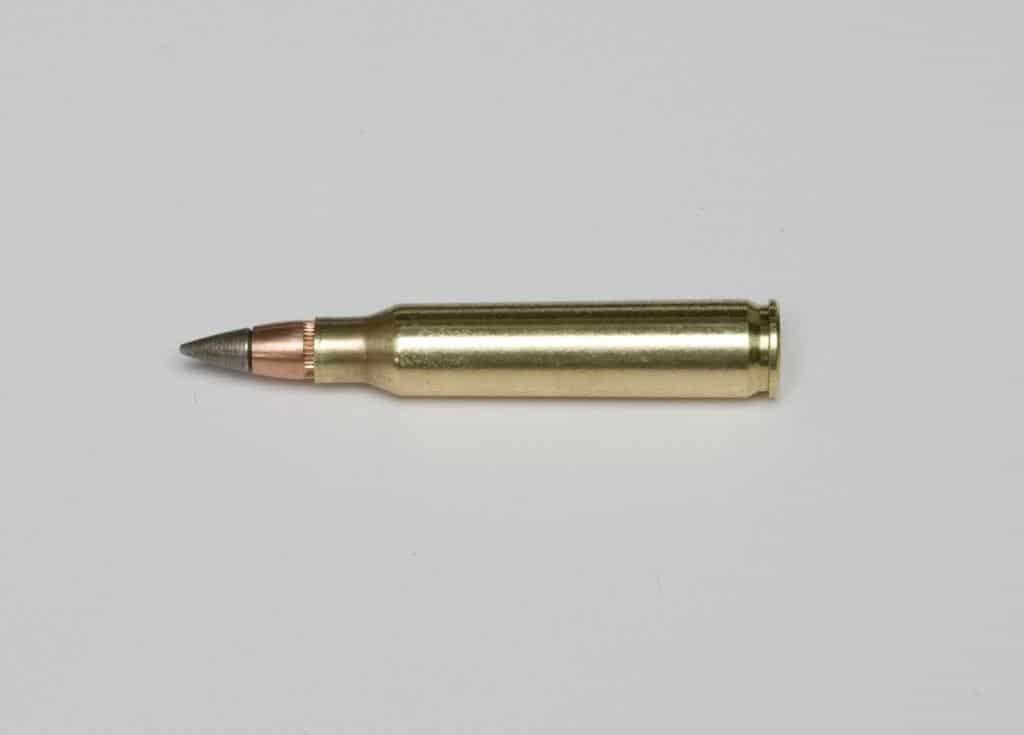
The M855A1 uses a steel penetrator that does well against hard barriers and even mild steel plates.
In fact, it performs substantially better than the original M855 when it comes to barrier penetration.
With that said, it’s still not considered armor-piercing.
Related: War elephants: The original heavy armor fought into the 1950s
The M855A1 versus the M855
The M855A1 does a fantastic job of piercing through hard barriers.
When it zips through wood, glass, car steel, and similar mediums, the projectile maintains great ballistic potential.
It can pierce a ⅜ inch mild steel plate out to 160 yards.
Beyond that, the round yaws like the standard M855, and when yawing, the round increases its terminal effectiveness.
The difference in yawing translates to more consistent performance regardless of the angle.
When the standard M855 approaches via a high angle of yaw, the performance is brilliant and effective.
When the M855 strikes at a low angle of yaw, the round performs inconsistently.
However, the M855A1 performs regardless of the angle of yaw.
As such, the M855A1 isn’t yaw-dependent. It even outperforms the 7.62 M80 round in that regard:
The 7.62 might be bigger and heavier, but the M80 is yaw-dependent, much like the M855.
The M855A1 doesn’t offer more range than the M855 but is more effective at longer ranges.
Both the M855 and M855A1 rounds maintain the same trajectory, but along that trajectory.
The M855A1 performs with great efficiency along that trajectory.
All this, without any weight increase to the individual soldier.
The downsides
Not even advanced ammo design gives us a free lunch and the M855A1 does have some downsides.
First, to obtain M16 performance in an M4, the manufacturer had to use a faster burning powder that accelerates the velocity of the round.
In doing so, pressure increases.
The M855 has an average PSI of 51,500. The M855A1 increases that pressure to over 61,000 PSI.
This results in increased wear on firearms, including on their the bolt and barrel.

The exposed steel penetrator and harder nature of the round were also shown to wear down the barrel extensions of M4 rifles.
The round didn’t fully clear the ramps of the M4 and would be driven into the feed ramps.
To remedy this, a new magazine design was implemented that ensured the round sat higher in the magazine and fed into the weapon without damaging the barrel extension.
The future of 5.56 Projectiles
The benefits of the M855Aq are apparent. In the short term, the round will make the Soldier and Marine more lethal and better able to kill their enemies.
The long-term issues of durability are a major concern, however as Soldiers and Marines can’t afford a broken bolt in the middle of a firefight.
For the M855A1 to function long-term, the military will need to ensure both the M27 and M4 rifles can withstand the abuse the round throws at them.
FAQ About M855A1 For Sale
- M855A1 armor-piercing?
According to the military’s definition, the M855A1 is not an armor-piercing round.
Instead, the famed blacktip M993 is the Army’s 5.56 caliber armor-piercing round.
The M855A1 will pierce through soft armor and subpar armor plates but doesn’t zip through modern armor.
-
Why is M855a1 not armor-piercing?
The bullet (projectile) must also have a core made entirely out of the metals listed above, or be a full jacketed bullet with a jacket weighing more than 25% of its overall weight.
This means that the SS109/M855 bullets wouldn’t be covered, as their cores are partly steel, and partly lead.
- Difference between M855 and M855A1?
The M855A1 has a copper-jacketed steel core, differing from the previous M855 round which has a lead core.
The so-called “green ammo” not only has increased penetration of armor and hard targets.
But allows the Army to be more environmentally friendly on its ranges and training environments.
Does USMC use M855A1?
The Marines adopted the M855A1 on December 2017 .
The problems with the IAR and also the M855A1 were known for some time
. An Army test in 2016 revealed that the M855A1 would scratch and wear the forcing cone on the IAR and cause reliability issues.
FAQ On M855A1 For Sale
- M855A1 Green Tip?
Also, the M855A1 (right) is manufactured from a copper jacket, steel arrow head core with a copper plug.
The M855A1 For Sale projectile fit the Army requirement for a “green” projectile that does not have any lead.
Green-tip ammunition is most common in 5.56/. 223 Rem caliber and is also mainly designed for use with the AR platform.
These rounds were originally considered controversial, as they meet one of the criteria of the federal definition of armor-piercing ammunition.
- Why military utilize green tip?
The US military adopted the round in the early 1980s to replace the M193 5.56 ammo in use at the time.
It was renamed M855, and the tips were painted green so personnel could readily differentiate the new ammo from the old M193 rounds, which were gradually phased out.
- Civilians buying green tip ammo?
Can I Legally Buy Green Tip Ammo? Currently, green-tipped ammo is legal for US civilians to own under federal law.
However, certain states, such as California, have Draconian gun laws that constantly seek to limit what state residents can own.
- Can M855 Stop Level 3?
Level III will stop most of all 5.56mm and 7.62mm bullets, but will not defeat military-grade armor-piercing ammo.
For example, a NATO M855 5.56 x 45mm bullet with a 62-grain steel core will defeat a Level III armor system.
It will, however, defeat a 5.56 x 45 mm bullet at 55 grain.
- Purpose Of 5.7 x28 design?
The design was patented back in 1989 by FNH. It was originally developed as part of a military Personal Defense Weapon (PDW) project undertaken by FNH for NATO.
In a nutshell, the 5.7x28mm was originally designed to replace the 9mm cartridge in NATO service.
- Calibers comparable to 5.7 x28?
However, if any caliber can replace the 9mm, it’s the 5.7x28mm. It offers many of the same benefits the 9mm provided compared to the .45ACP. A higher-capacity magazine with lighter, mo
Armor Penetration
Terminal Ballistics of m855a1 for sale
M855a1 results
M855A1
Mechanical Issues With M4/M16-Series, as Well as Others
Part of this was a change in the propellant change which brought pressures higher to peak at the shorter carbine gas system rather than rifle length gas system.
As you saw in the government released info on the M855A1,
M855
M855A1
which increases parts wear and service life of both the bolt and barrel.
Bolts have been known to break within 3,000 rounds and barrel life has been cut by 50%.
Feeding Problems
The tan magazine is the EPM and the grey magazine is the standard issue Gen 3 tan follower magazine. Notice how much higher the M855A1 sits than the M855 to give more of a direct feed into the chamber.
So, in other words, if you do not want to damage your feed ramps, barrel extension or upper receiver you have to use the
Bolt Breakage
Barrel and Suppressor Failures
which with use, the cyclic rate increases even further.
That higher cyclic rate causes, as we said, bolt failure,
Claim the M855A1 Does Not Change M855 BZO
Other Branches Refuse to Adopt the M855A1
and I asked them what they were using for rifle ammo, only Army personnel had the M855A1.
This leads us into congressional tension.
Conclusions of m855a1 for sale
and the rifles shot too fast.
Rather than stop the use of ball propellant they told Colt to only use IMR loaded ammo for cyclic rate testing. Of course, once those rifles got to Vietnam,
And that history has clearly taught the Army nothing.
I see this as a good round “if” we had a weapon to fire it.
don’t have an EPM or a Gen3 Pmag; also when this ammo causes parts breakage in their firearms.
Requirement
Deliver an Environmentally Friendly
Cartridge with the same or better
performance
–Optimized for M4 Weapon System
–Army’s Replacement for M855
Status:
Completed Low Rate Initial Production
(LRIP)
Completed Production Qualification
Testing (PQT)
Shipping to Theater
–2
Key Future Events:
Moving rounds from Kuwait into Afghanistan
(1.1M)
Additional rounds arriving in Kuwait late July
STRATCOM implementation
Getting info to Soldiers
Correcting misperceptions
Sharing info with Allies
M855
Summary of Benefits
Environmental impact – lead free projectile
– Eliminates ~ 2,000 tons of lead from production
– Allows use of training ranges with restrictions
– Removes lead hazard from mfg environment
Performance Benefits
– Consistent performance: not yaw dependant
– Significantly improved performance at
extended ranges
– Improved propellant – reduced flash
– Trajectory Match – No Soldier training difference
– Improved accuracy
M855A1
Most Tested Small
Caliber Round Ever,
Over 1M Rounds!
From
This
To
This
(Lead)
(Copper)
DISTRIBUTION STATEMENT A:
Distribution unlimited-Approved
for Public Release
Resulted in the M855A1 Enhance Performance Round
History of the Lead Free Program
Why Green?
– Montreal Protocols, Executive Order (1993),
EPA 17 List, AEC Study
– Some training ranges becoming lead restricted
– Army’s policy on environmental stewardship
– Expected tightening of future environmental
restrictions
– Public awareness of environmental concerns
– Cost of removing hazardous materials from
installations
Greening Efforts
– 5.56mm ball and tracer
– 7.72mm ball and tracer
– Green Primer across calibers
–3
DISTRIBUTION STATEMENT A:
Distribution unlimited-Approved
for Public Release
M855A1 EPR Benefits
–4
M855A1
Performance Benefits
– Dramatically improves hard target performance
– Provides consistent effects against soft targets, CQB
performance
– ―Match‖ like accuracy – VERY ACCURATE
– No weight increase, improved propellant, reduced flash
– Trajectory Match—no Soldier training transfer difference
– Significant performance improvements in a 5.56mm
– Soft target performance similar to 7.62mm ball
– Hard target performance far better than 7.62mm ball
– Extremely effective against ALL target sets ( a true, general
purpose round)
Environmental Impact
– Lead free projectile
– Eliminates ~ 2,000 tons of lead from production
– Allows use of training ranges with restrictions
– Removes lead hazard from mfg environment
DISTRIBUTION STATEMENT A:
Distribution unlimited-Approved
for Public Release
Comparison of M855A1 and M855
–5
M855
M855A1 Enhanced
Performance Round
Chart colors are for
comparison only,
both rounds meet their
respective requirements.
Soft
Target
Consistent Effects G R
Barriers
Car Window G G
Car Door G G
3/8‖ Steel G Y
Concrete Masonry Unit Y R
Soft Body Armor (24 layer Kevlar) G G
Accuracy
Wind Drift G G
Ranging Error G G
MOA G Y
Dispersion G G
Trajectory Match with M856 (Trace) G G
Propellant
Velocity G Y
Temperature Coefficient Y Y
Flash Suppression G R
M855A1
M855 remains a
VERY capable, all
purpose round!
DISTRIBUTION STATEMENT A:
Distribution unlimited-Approved
for Public Release
M855A1 Intermediate Barrier Performance
M855A1 Hits the Target Behind Barriers With the Penetrator and/or Slug
Car Door
Windshield
M855A1
Penetrator Penetrator
Cu Slug
Cu Slug
M855A1
Penetrator
Cu Slug
–6
DISTRIBUTION STATEMENT A:
Distribution unlimited-Approved
for Public Release
– M80, 7.62mm
can’t penetrate
at these ranges
M855A1
3/8‖ Mild Steel
Kevlar Fabric
M855A1 was tested out to
1000m and was never stopped. M855A1
Shot with the M4
M855A1 Penetration
–7
385m
M855A1 WILL Penetrate Some Body Armor Designed to Stop 7.62mm Ball
DISTRIBUTION STATEMENT A:
Distribution unlimited-Approved
for Public Release
M855A1 Hard Target Performance
Battle Barrier
Surrogate (3/8” steel)
Concrete Masonry
Unit
Results are for M4
(meters) 0 150 300 450 600
M855
M855A1
M855
M855A1
M855A1 has Significantly Improved Hard Target Performance
Battle Barrier
Surrogate (3/8” steel)
Concrete Masonry
Unit
Results are for M16
(meters) 0 150 300 450 600
M855
M855A1
M855
M855A1
M855A1 has Significantly Improved Hard Target Performance
–8
DISTRIBUTION STATEMENT A:
Distribution unlimited-Approved
for Public Release
EPR Accuracy
–9
Shot Placement is still the most important factor!
Accuracy testing shows that on
average, 95% of rounds will hit
within a eight by eight inch
target at a range of 600 yards
–8‖
600 Yards
While ammunition
accuracy is important,
nothing replaces good
marksmanship training.
–8‖
DISTRIBUTION STATEMENT A:
Distribution unlimited-Approved
for Public Release
M855A1 Enhanced Performance Round
STRATCOM
–10
What all Soldiers need to know when using this round
– Dramatically improves hard target performance
– Provides dependable, consistent effects against soft
targets and CQB performance (no more ―Thru and Thrus‖)
– Significantly improves performance at extended ranges
– ―Match‖ like accuracy – VERY ACCURATE
– No weight increase, flash reduced, increased velocity
– Extremely effective against a wide variety of targets
(a true all purpose small caliber round)
– Not yet approved for use with the GREM
– Not yet approved for the M249 (Emergency use only
with magazine)
– A noticeable gap below the penetrator or ―spinning‖
tips are normal and do not impede performance in any way
Bronze Colored Tip
Noticeable Gap
Beneath
Penetrator
–M855A1 EPR
DISTRIBUTION STATEMENT A:
Distribution unlimited-Approved
for Public Release
Take-a-ways
M855A1 Enhanced Performance Round (EPR)
– Environmentally friendly cartridge that performs significantly better
than any other military 5.56mm cartridge
– Represents a significant performance improvement in a 5.56mm bullet
• Hard target performance (steel) far better than 7.62mm ball
• Soft target performance similar to 7.62mm ball
– A true general purpose round optimized to a wide array of targets
– Significantly improved hard target performance at longer distances
– Provides consistent performance against soft targets (Yaw sensitivity)
– Uses a lead free projectile (unlike M855)
• Eliminates ~ 2,000 Tons of Lead from Production/Environment Yearly
• Allows Use of Training Ranges with Lead Restrictions
– Planned to replace M855 for the Army
– Fielding in summer 201
I see this as too risky for our troops to use with current 5.56mm weapons platforms.
Be the first to review “m855a1 For Sale | At Best Prices” Cancel reply
Related products
ammobuy, Ammunition
ammobuy, Ammunition
ammobuy, Ammunition
ammobuy, Ammunition
ammobuy, Ammunition
ammobuy, Ammunition
ammobuy, Ammunition


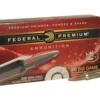

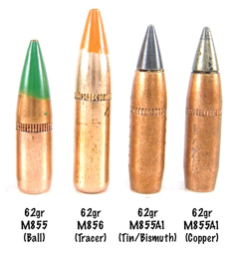
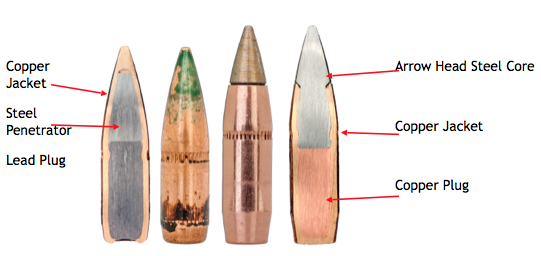

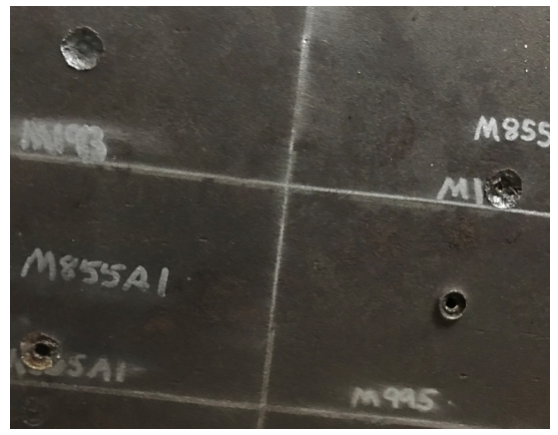
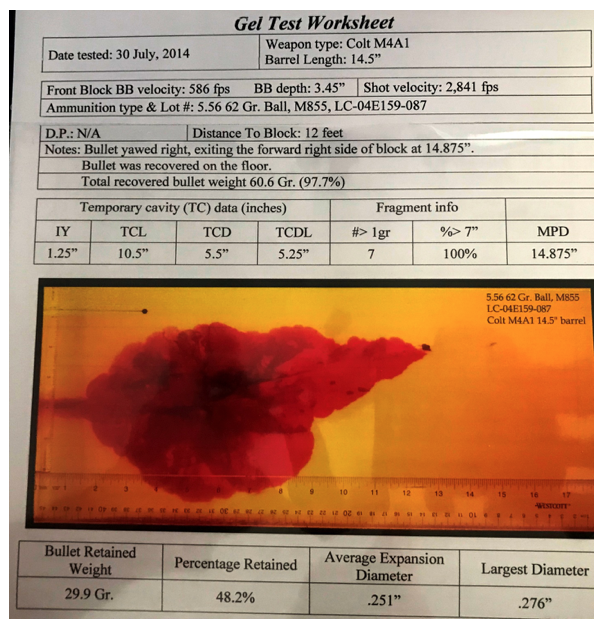
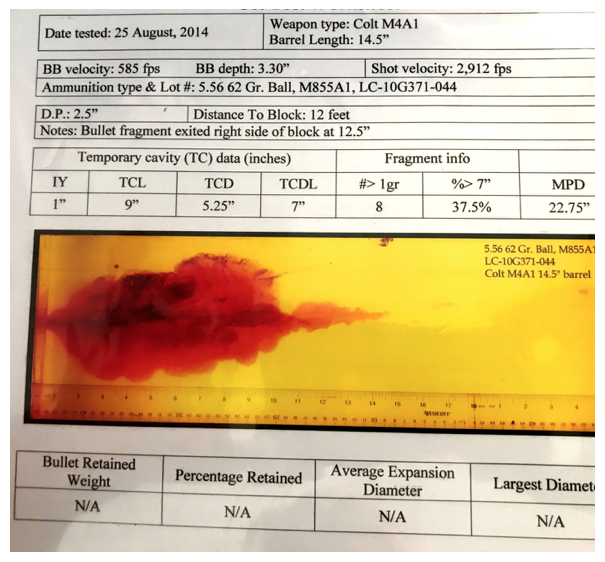
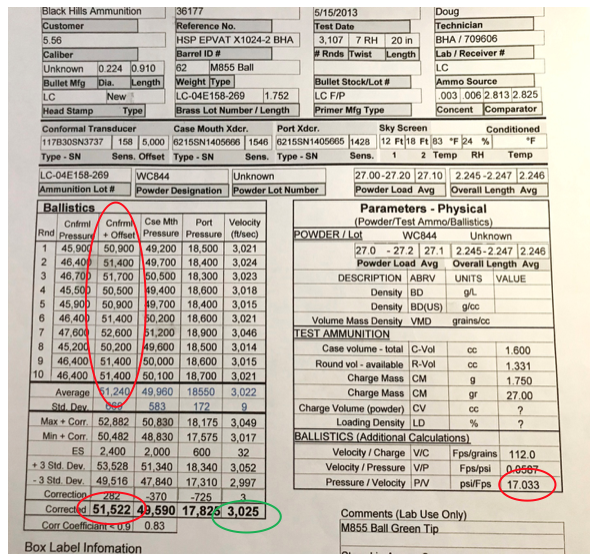
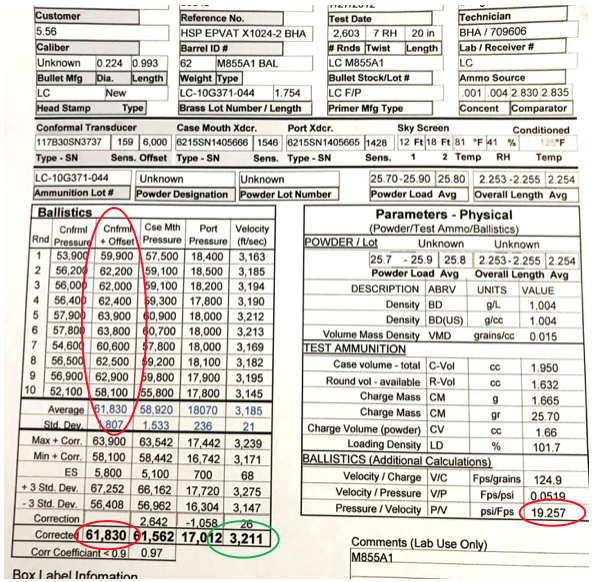
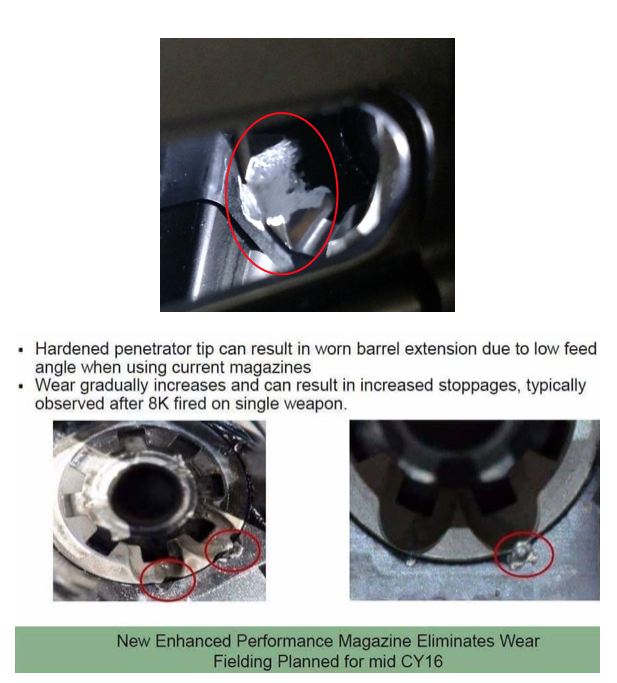
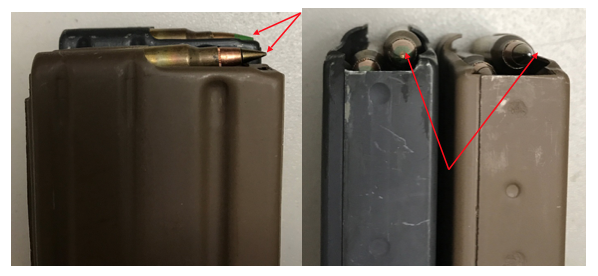
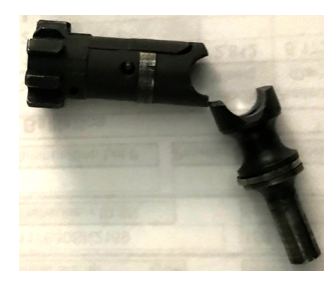

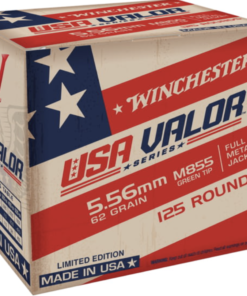




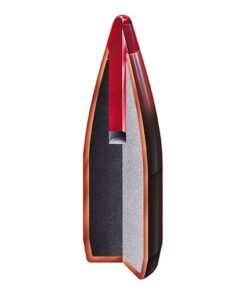

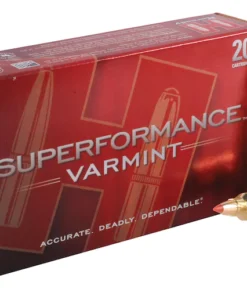


Reviews
There are no reviews yet.